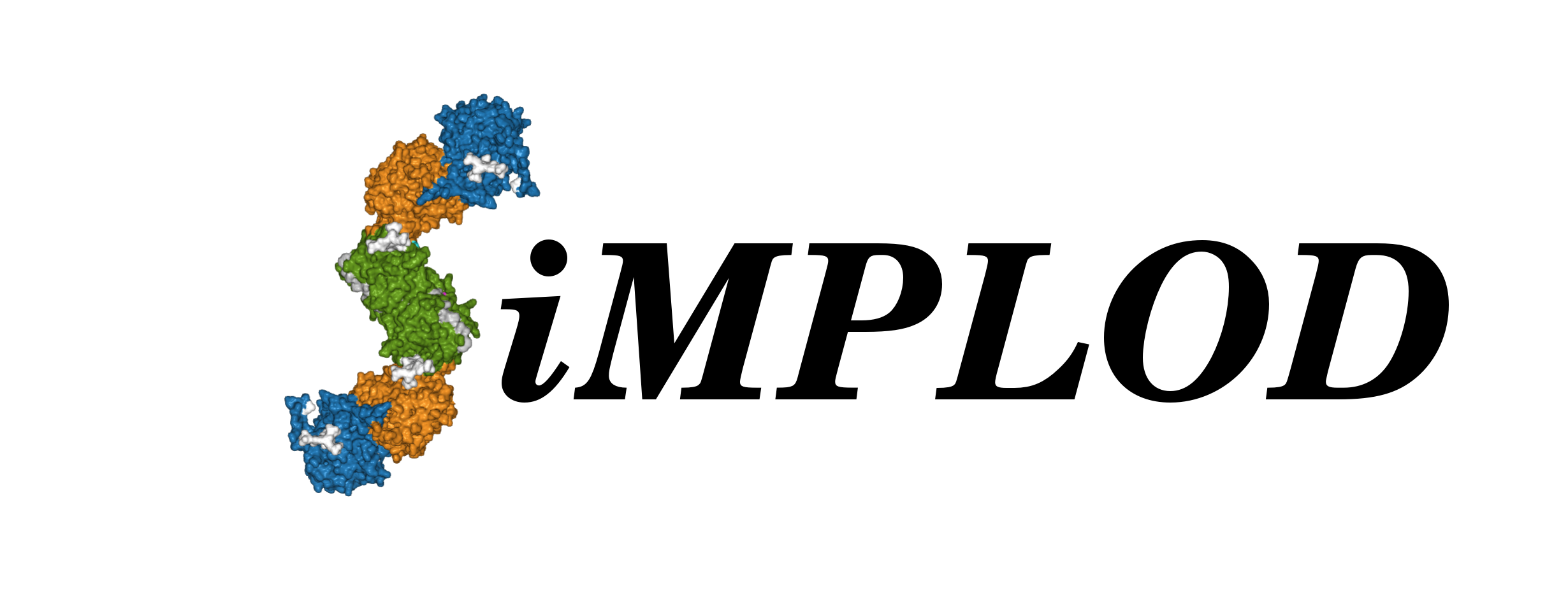 About
Contact
References
Structures
Adv. Search
Stats
Demo
About
Contact
References
Structures
Adv. Search
Stats
Demo
| LH1 ARG319END | ||
| SiMPLOD ID |
SiMPLOD1-35 | |
| Isoenzyme |
Lysyl Hydroxylase 1 (human) - UniProt - Full Info | |
| Nucleotide mutation |
PLOD1 NM_000302.2:c.955C>T - NCBI RefSeq NCBI SNP: rs121913550 NCBI ClinVar: 14364 |
|
| Mutation type |
Pathogenic | |
| LOVD |
c.955C>T | |
| Disease Phenotype |
no disease phenotype information available | |
| Evidence at protein level |
Warning: this variant incorporates a premature truncation of the aminoacid sequence at residue 319, and may result in misfolding and/or complete absence of the enzyme. This variant is EXTREMELY UNLIKELY to be compatible with a folded LH enzyme. The representation shown in the structure viewer is therefore for mere display purposes and does not refer to an actual predicted existing protein product. |
References |
Hyland et al., 1992 - DOI - PubMed Eyre et al., 2002 - DOI - PubMed Giunta et al., 2005 - DOI - PubMed Steinmann et al., 1995 - PubMed al-Gazali et al., 1997 - DOI - PubMed Royce et al. 1985 - DOI - PubMed |
Notes from publications |
Hyland et al. first reported in two siblings with EDS type VI on the single basepair substitution converting the CGA codon (Arg319) to a TGA termination codon. The healthy parents were first cousins, and two of the three healthy siblings of the patients are heterozygous for the mutation. The authors demonstrated a total loss of lysyl hydroxylase activity in extracts derived from fibroblasts of the patients. Eyre et al. analyzed the urine of a patient bearing Arg319End mutation showing the lack of hydroxylation of the helical lysines at residues 930 of alpha 1(I) and 933 of alpha 2(I) of the collagen triple-helix. This mutation was also identified by Giunta et al. in the mutation analysis of PLOD1 gene. The phenotype associated to this variant was also reported as Nevo Syndrome, now merged with Kyphoscholiotic Ehlers-Danlos (type VIa) syndrome. |
| Structural Observations |
||
| Related Entries |
SiMPLOD1-319: LH1 delta282-325 (Pathogenic) SiMPLOD1-805: LH1 ARG319GLN (SNP) SiMPLOD1-806: LH1 ARG319LEU (SNP) | |
| Last Update |
2021-06-23 08:38:51 | |
|
The three-dimensional visualization is currently based on the homology model of full-length, dimeric human LH1 (generated using the crystal structure of full-length human LH3 as template). You may select a different PDB model file to visualize the mutation(s) using the drop-down menu below (page will refresh): |
||
Thank you for using SiMPLOD - Created by Fornerislab@UniPV Follow @Fornerislab - Last curated update: 1970-01-01 00:00:00
We truly hate messages and disclaimers about cookies and tracking of personal info. But don't worry, we don't use any.